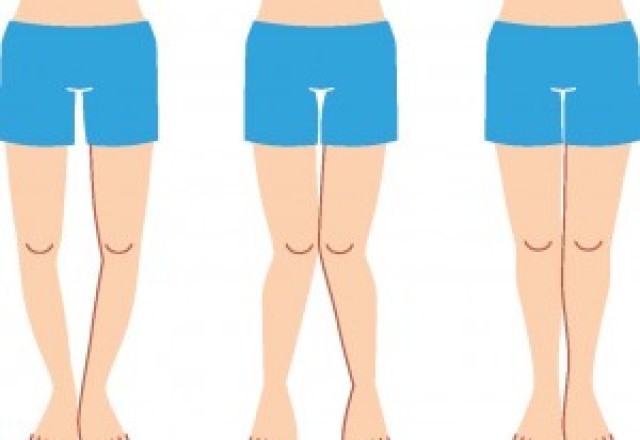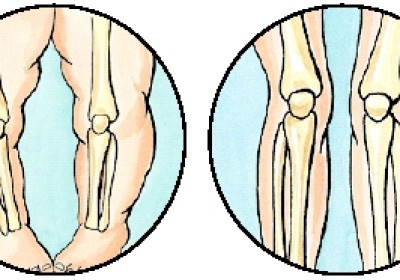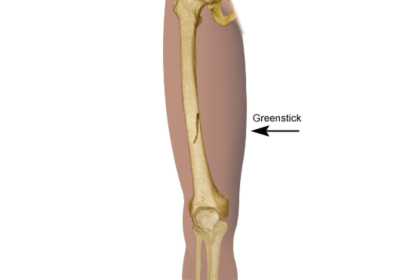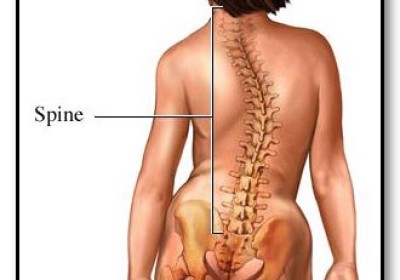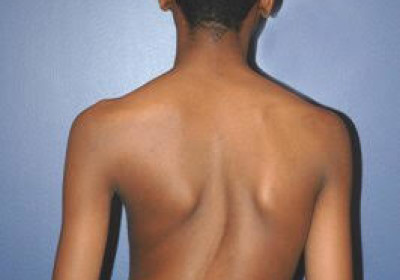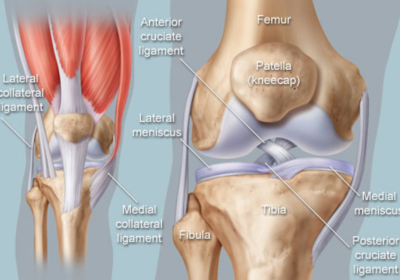- Home
- Resources
- Patient Release Form to obtain your records from other Physician
- Patient Release Form to release your records to other Physician
- Insurance and Billing
- What should I bring to Appointments
- Glossary in English
- Glosarios de Examenes de diagnostico
- High School Sports Injuries
- Stretching Exercises for Sports
- Childhood Obesity and bone, joint & muscle health
- News
- Staff
- Conditions
- Galleries
- FAQ
- Zink Blog
- Contact
Pediatric Bowlegs
Pediatric Bowlegs
What Are Bowlegs?
Bowlegs are a condition in which the legs curve outward at an extreme angle at the knees while the child’s feet are together. Babies are born with bowlegs because of their folded position in the uterus (womb), so the condition is normal in infancy. The legs straighten as the child begins to put weight on them and learns to walk.
If the bowlegs don’t straighten by the time the child is 2 to 3 years old, or if they worsen, they may be caused by a rare, more serious condition. If left untreated, bowlegs can lead to:
- Deformities in the legs, including differences in leg lengths if only one leg is bowed
- Difficulty walking and running
- Higher risk of arthritis in later life
What Causes Bowlegs?
Bowlegs that do not straighten as your child begins to walk may be caused by more serious problems such as:
- Rickets, a bone growth problem caused by lack of vitamin D or calcium
- Blount’s disease, a bone growth disorder in the shinbone (tibia)
- Abnormal bone development
- Fractures that do not heal correctly
- Lead or fluoride poisoning
Symptoms of Bowlegs
Bowlegs are usually easy to see, but most cases self-correct by age 3. If your child still shows any of the following symptoms after age 3, please see your pediatrician:
- Bowed legs that continue or worsen after age 3
- Knees that do not touch when the child is standing with feet and ankles touching
- Similar bowing in both legs (symmetrical)
- Reduced range of motion in hips
- Knee or hip pain that is not caused by an injury
How Are Bowlegs Diagnosed?
Your pediatrician can usually diagnose bowlegs just by examining your child. Other tests your physician may recommend to diagnose bowlegs or an underlying condition include:
- Measurement of the distance between the knees while your child is lying on his or her back
- Observation of how your child walks to determine any abnormalities
- Blood tests to check for a vitamin D or calcium deficiency
- X-rays to check for any problems with leg bone growth
Treatments for Bowlegs
Children with bowlegs usually don’t need treatment unless the condition is extreme or your child has a more serious underlying condition. In those cases, we recommend these options:
- Checkups at least every six months so the pediatrician can monitor your child’s leg growth and development
- Vitamin D and calcium supplements to treat and cure rickets
- Braces or other orthopaedic devices for children under age 3 who have Blount disease or other serious conditions
- Surgery for children over age 3 who have Blount disease or other serious conditions



